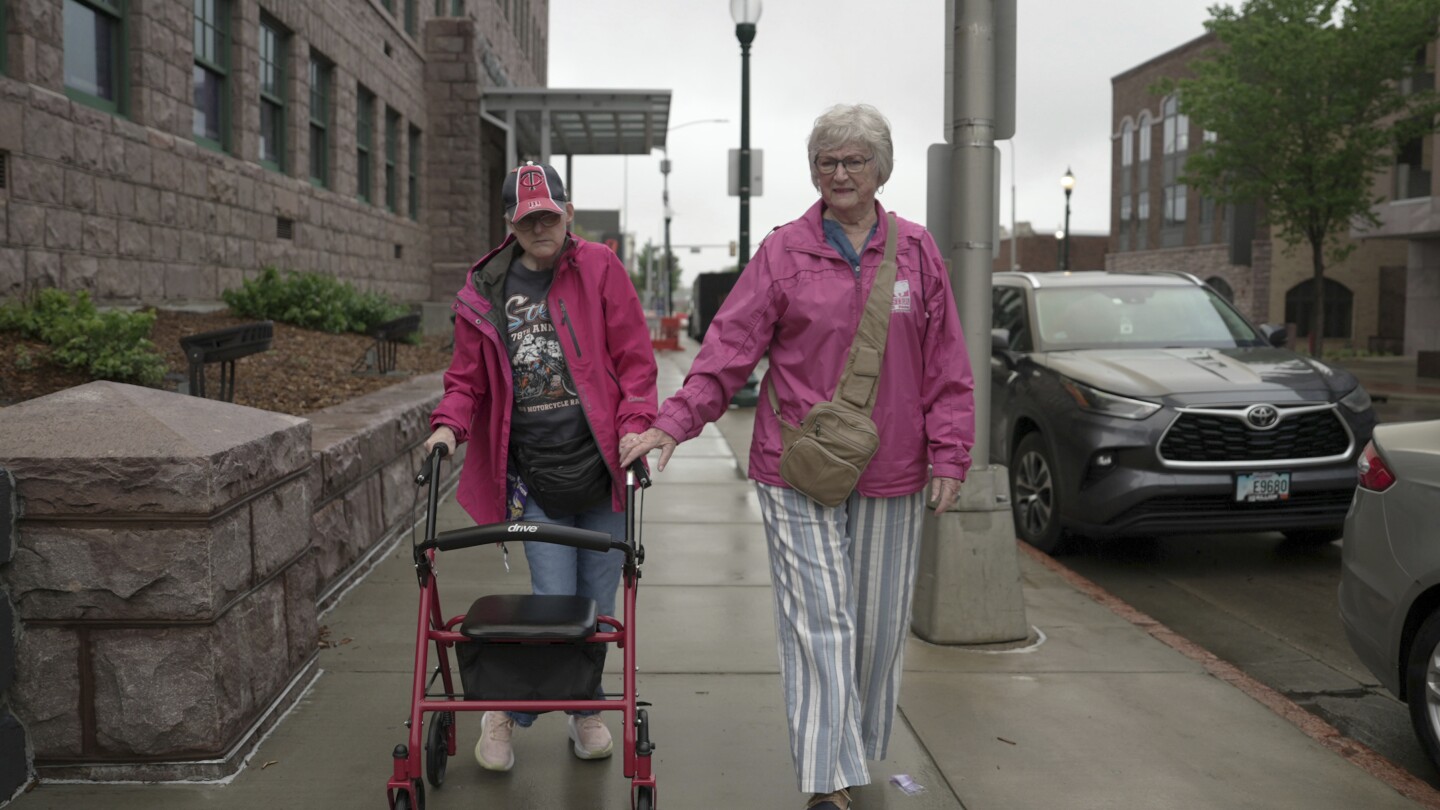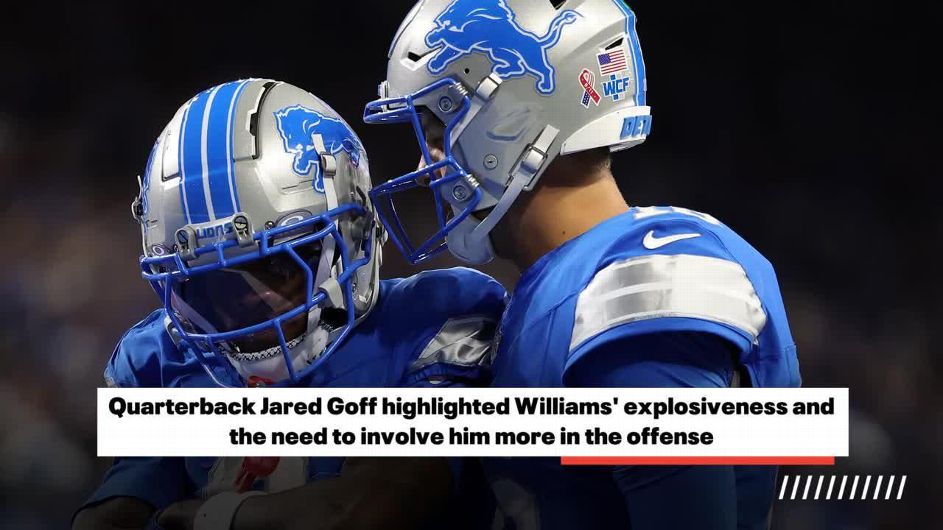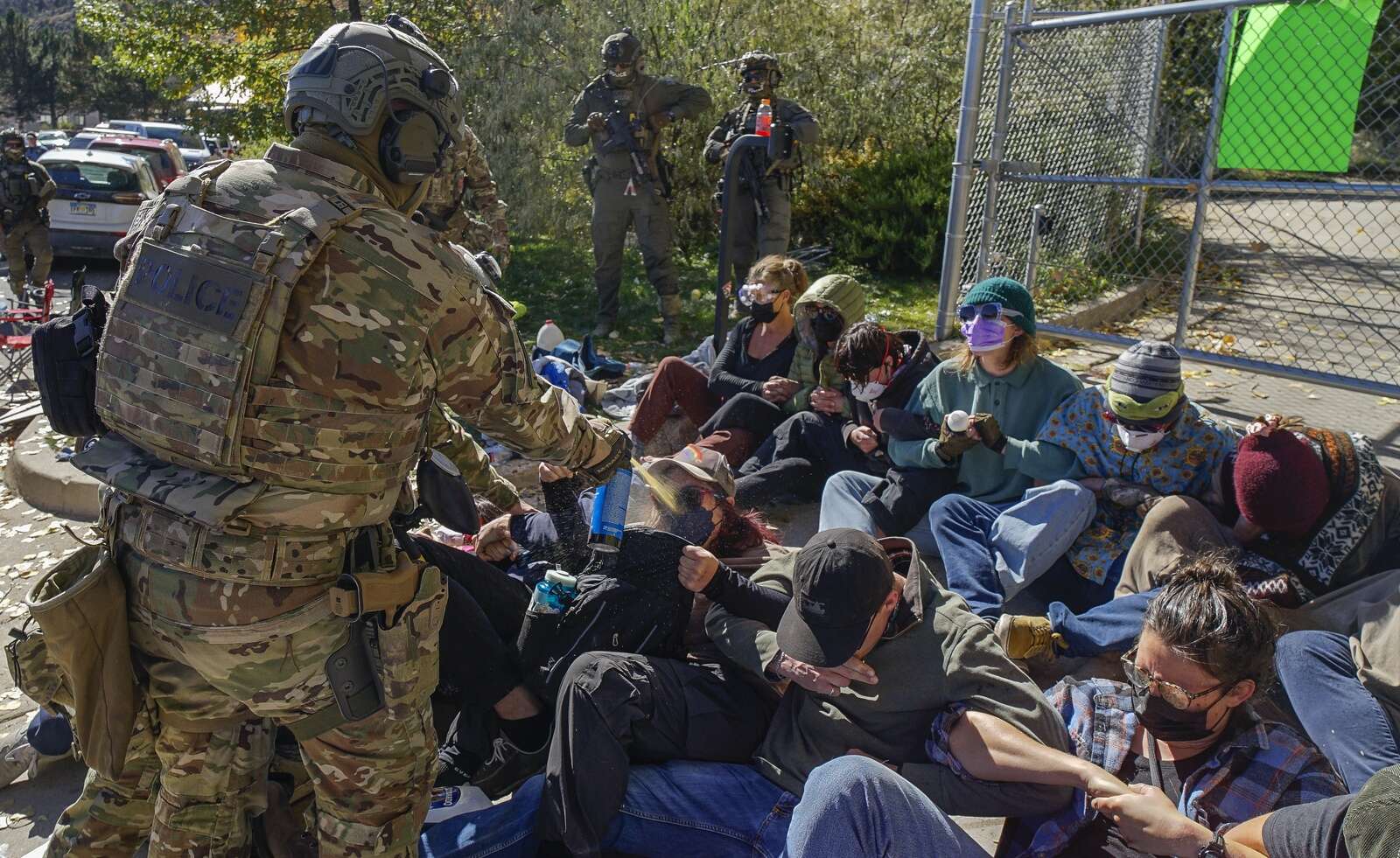Families Share Impact of Vaccine-Preventable Diseases

SIOUX FALLS, S.D. – In a poignant reminder of the past, families recount the devastating impact of vaccine-preventable diseases like measles and rubella, as vaccine hesitancy resurfaces in the United States.
Immediate Impact on Families
Before the widespread use of vaccines, infectious diseases claimed the lives of millions of children in America, with nearly one in five children in 1900 not surviving past their fifth birthday. Thanks to vaccines, diseases like polio and measles were nearly eradicated. However, vaccine hesitancy is causing a resurgence of these once-controlled diseases.
Dr. William Schaffner, an infectious disease expert at Vanderbilt University Medical Center, explains the paradox: “This concern, this hesitancy, these questions about vaccines are a consequence of the great success of the vaccines – because they eliminated the diseases. If you’re not familiar with the disease, you don’t respect or even fear it. And therefore you don’t value the vaccine.”
Anti-vaccine activists focus on the rare risk of side effects, ignoring the far larger risks posed by the diseases themselves.
Personal Stories of Loss and Survival
Getting Rubella While Pregnant Shaped Two Lives
Janith Farnham, 80, and her daughter Jacque, 60, navigate life in Sioux Falls, S.D., with the lingering effects of congenital rubella syndrome. Jacque was born with hearing impairment, eye problems, and heart defects due to Janith contracting rubella during pregnancy.
Janith recalls the early signs: “Things weren’t right almost immediately. The baby wouldn’t respond to sounds or look at anything but lights.” Despite the challenges, Janith helped Jacque thrive, sending her to specialized schools and forming support groups with other parents.
Jacque now lives in a residential home but remains active with her mother, sharing a bond strengthened by their shared experiences.
Delaying the Measles Vaccine Can Be Deadly
Patricia Tobin vividly remembers the day her sister Karen, 6, fell unconscious due to measles in 1970. While a vaccine was available, it wasn’t mandatory in Miami at the time. Karen’s doctor had discussed immunization, but their mother delayed it, thinking there was time.
“I’m very upset by how cavalier people are being about the measles,” Tobin said. “I don’t think that they realize how destructive this is.”
Polio Changed a Life Twice
Lora Duguay, 68, from Clearwater, Florida, recalls her battle with polio at age three. Despite initial predictions of paralysis, she defied the odds with intensive therapy. However, in her 40s, she developed post-polio syndrome, a condition that worsens over time.
Now an artist, Duguay finds purpose in painting, adapting her techniques to accommodate her physical limitations.
By the Numbers
- 95% vaccination threshold needed to protect against measles outbreaks
- 80% to 90% effectiveness of early polio vaccines
- 90% chance of congenital rubella syndrome if contracted during pregnancy
Advocacy and Future Implications
Katie Van Tornhout from Lakeville, Indiana, advocates for childhood immunization after losing her daughter Callie to whooping cough at just 37 days old. Callie was too young for the Tdap vaccine, and exposure to an unvaccinated individual proved fatal.
Van Tornhout now works with the nonprofit Vaccinate Your Family, sharing her story to encourage others to protect their children. “It’s up to us as adults to protect our children – like, that’s what a parent’s job is,” she said.
The resurgence of vaccine-preventable diseases highlights the critical need for maintaining high vaccination rates. Experts warn that without continued vigilance, the painful lessons of the past could become the reality of the future.
The Associated Press Health and Science Department receives support from the Howard Hughes Medical Institute’s Department of Science Education and the Robert Wood Johnson Foundation. The AP is solely responsible for all content.






